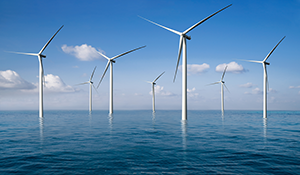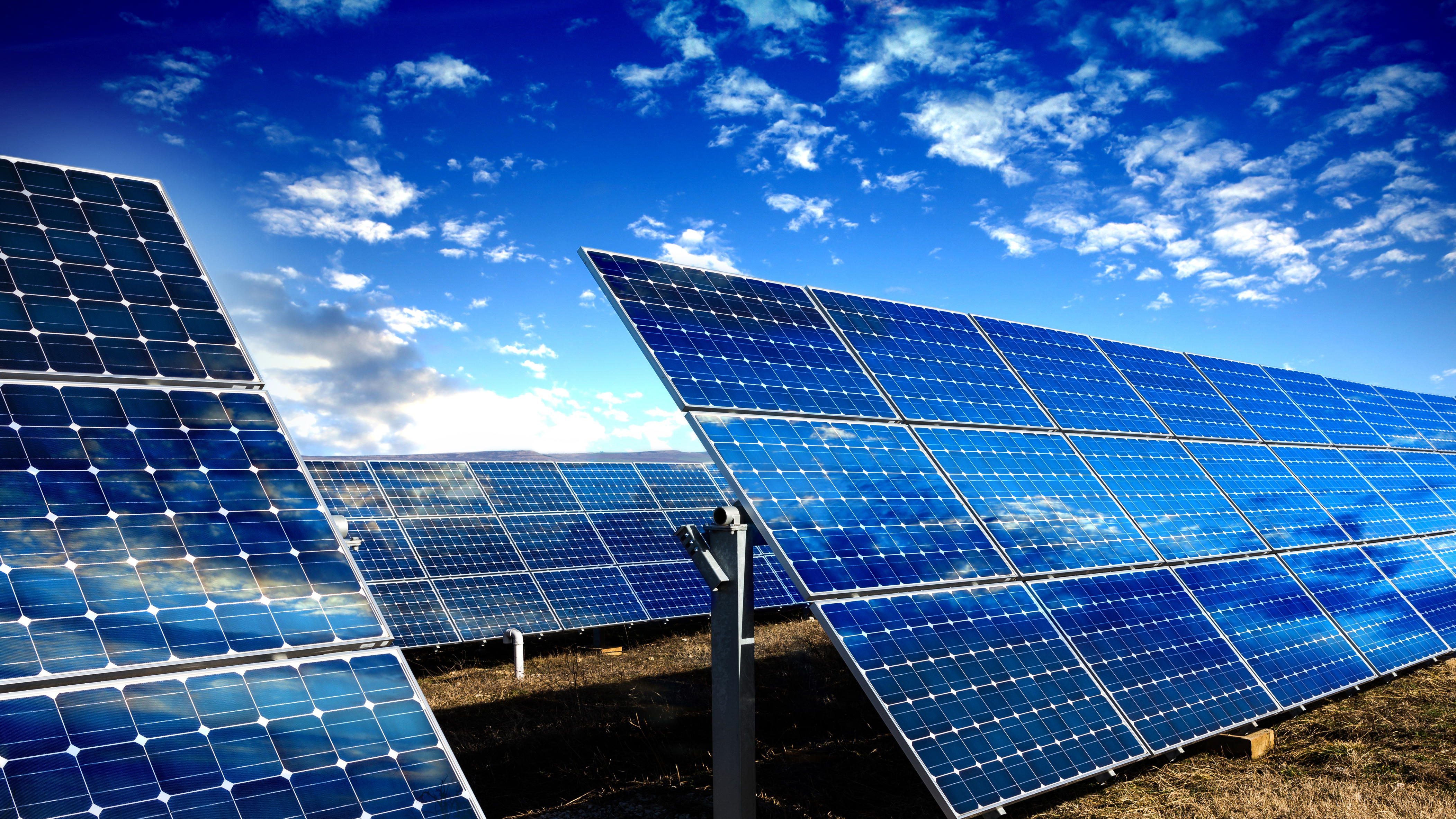2022 marks the 50th anniversary of the Rural Development Act of 1972 (RDA). The RDA was pivotal to getting the ball rolling for IMPLAN to be created in 1976.
Chandler West
Recent Posts
Celebrating IMPLAN History: The Rural Development Act of 1972
Topics: Impact, Economic Development, Government
It’s about time IMPLAN makes it possible to conduct studies beyond the United States, eh? We are pleased to announce our new and improved Canada Provincial Product, in which Canada data pairs with our state-of-the-art software and model to empower our users to study economic impacts across the Great White North.
Topics: Data, announcement
Countless organizations across the United States have used IMPLAN to gain insights into their economic impacts, inform event location decisions, and so much more. One such organization is Alpha Kappa Alpha (AKA) Sorority, Incorporated. AKA Sorority was established in 1908 and has since grown to a membership of over 300,000 women focused on personal and professional development as well as leadership and advocacy for social change.
IMPLAN and Renewable Energy: Understanding Offshore Wind Tax Credits
As renewable energies take center stage in political policies and public consciousness, IMPLAN is here to help you measure each project’s economic impact. Our recent post Resource Roundup: IMPLAN and Solar Energy focused on giving you the information you need to study the economic impact of a solar energy project. Much of that same information can also be applied to wind power projects. In today’s blog, we’re taking a look at the Offshore Wind Tax Credit Program and how IMPLAN can help you understand the economic impact of wind energy projects, whether you’re a developer, a state authority, or an accounting service provider.
Topics: Economics, Funding, Environmental, Energy, "Taxes", Impact, Economic Development
As more and more people recognize the importance of protecting our planet, renewable energies like solar energy are taking center stage, transforming our environment as well as our economies.
Topics: Economics, Environmental, Energy, Economic Development
It’s that time of year again. Here at IMPLAN, we mark the holiday season with our annual data release. That means 2020 data has arrived in the IMPLAN application!
Topics: Data, Economics, Technology
The U.S. Economic Development Administration (EDA) is a bureau within the U.S. Department of Commerce, and the only federal agency focused exclusively on facilitating job growth and building resilient regional economies across the United States. The EDA offers a variety of funding opportunities for economic development projects. In the wake of the coronavirus pandemic, the EDA was allocated $3 billion in supplemental funding under the American Rescue Plan, allowing them to offer even larger and more transformational investments across the country.
In early August 2021, the Infrastructure Investment and Jobs Act passed in the Senate. By the end of the month, the House of Representatives agreed on a September 27 deadline for voting on the bill, and given its bipartisan support, it is expected to pass there as well. This new bill focuses on investments in roads, railways, bridges, and broadband internet. It proposes $550 billion in new spending from 2022 to 2027, with the aim to improve sustainable transportation options, expand access to high-speed internet and clean drinking water, and upgrade our power infrastructure to facilitate the expansion of renewable energy.
These are exciting goals, backed by a lot of money. But what exactly will the economic impact of these investments look like? The ripple effect of this large amount of government spending can be expected to make a difference across the country, not just in the industries where it is initially spent, but also far beyond. We can get a clearer picture of the infrastructure bill’s impact on the economy through Input-Output Analysis performed by economists at IMPLAN Group, LLC, the leading provider of economic impact data and technology.
Topics: Data, Economics, Employment, Methodology, Impact, Government





.png)



.png?width=80&name=IMPLAN_Logo_Print-Vector_NEW%20(2).png) Copyright 2025
Copyright 2025